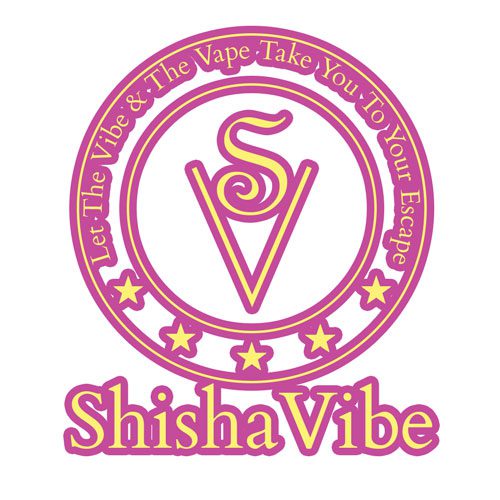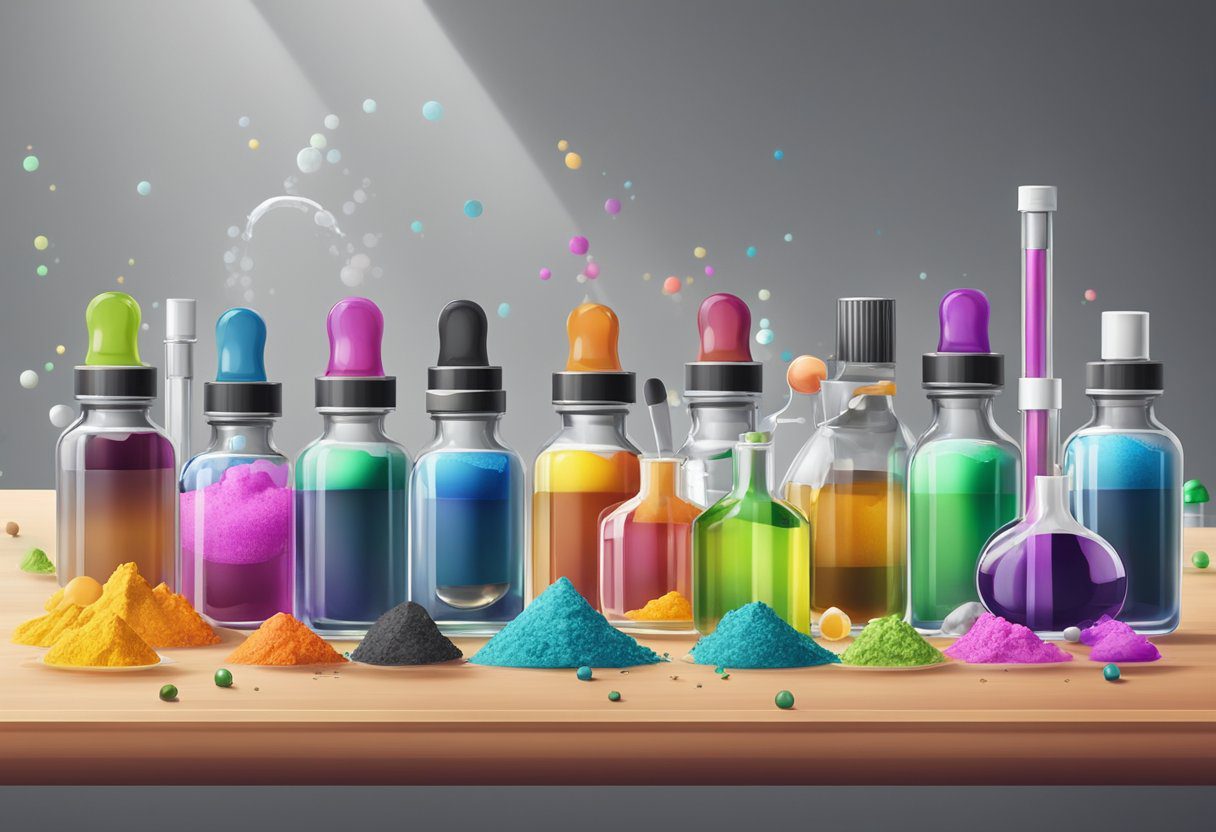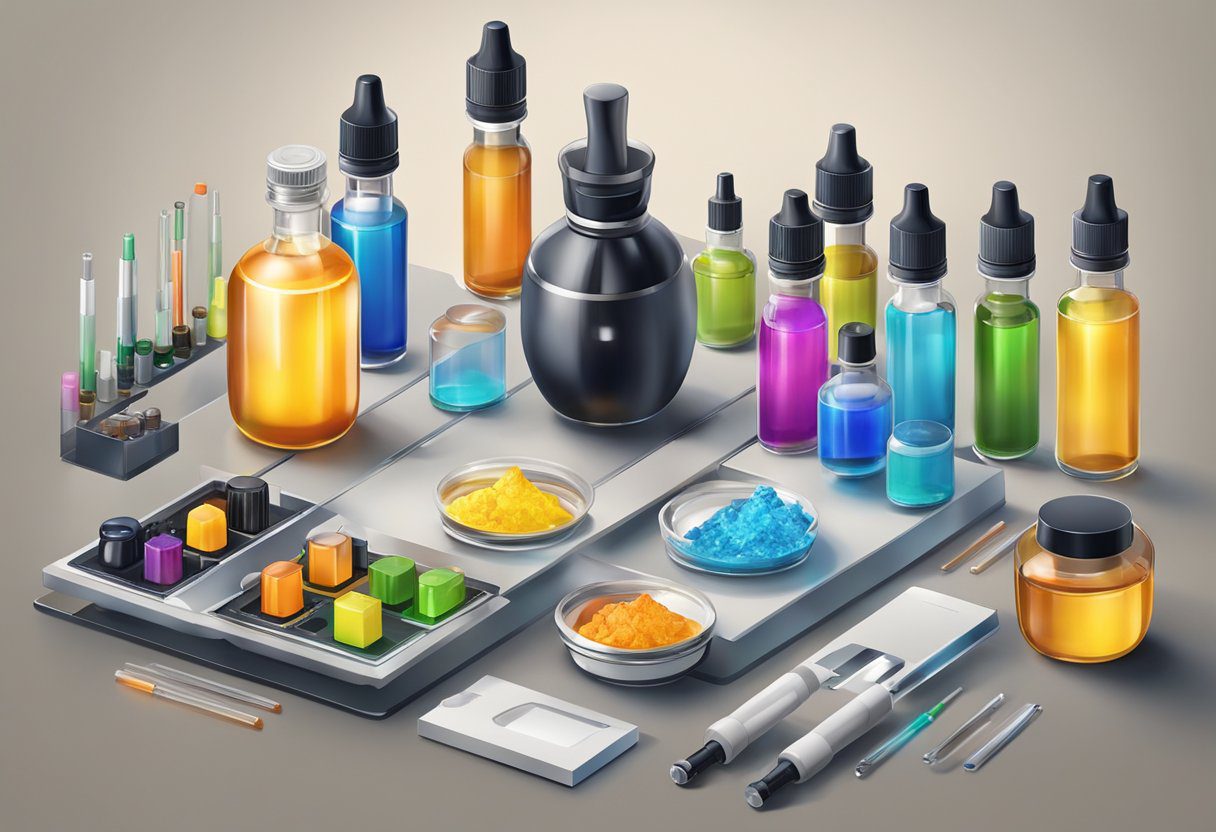E-Liquid Flavour Components: Understanding the Ingredients
E-liquid flavour components are an essential aspect of vaping, and they play a crucial role in the overall experience of the user. E-liquids are made up of several components, including vegetable glycerine (VG), propylene glycol (PG), nicotine, and flavourings. The flavourings used in e-liquids come in a wide range of profiles and categories, and they can be combined to create unique and exciting flavour combinations.
The composition of e-liquids is essential in determining the flavour, throat hit, and vapour production of the liquid. VG and PG are the primary carriers of the flavourings and nicotine in e-liquids. VG is thicker and sweeter than PG and produces denser vapour clouds, while PG is thinner and produces a stronger throat hit. The amount of each carrier used in e-liquids can also affect the overall flavour and experience of the user.
Understanding the components of e-liquids and their role in flavour creation is essential for both manufacturers and consumers. It allows manufacturers to create high-quality e-liquids that meet safety and regulatory standards while providing consumers with an enjoyable vaping experience. In the following sections, we will explore the different flavour profiles and categories, safety and regulation, manufacturing and quality control, and consumer experience and usage.
Contents
- 1 Composition of E-Liquids
- 2 Flavour Profiles and Categories
- 3 Safety and Regulation
- 4 Manufacturing and Quality Control
- 5 Consumer Experience and Usage
- 6 Frequently Asked Questions:
- 6.1 What constitutes the ingredients of e-liquid flavourings?
- 6.2 How many varieties of vape flavours are available?
- 6.3 What are the primary components found in e-juice?
- 6.4 Is propylene glycol a common ingredient in vape juices?
- 6.5 Why does vape juice often have a sweet taste?
- 6.6 Can vape juice be considered safe and healthy?
Key Takeaways
- E-liquids are made up of several components, including VG, PG, nicotine, and flavourings.
- The composition of e-liquids is essential in determining the flavour, throat hit, and vapour production of the liquid.
- Understanding the components of e-liquids and their role in flavour creation is essential for both manufacturers and consumers.
Composition of E-Liquids
E-liquids are composed of three main ingredients: base ingredients, nicotine variants, and flavouring agents. Each of these ingredients plays a crucial role in determining the overall quality and flavour of the e-liquid.
Base Ingredients
The base ingredients of e-liquids are propylene glycol (PG) and vegetable glycerine (VG). PG is a clear, odourless liquid that is commonly used in food products and pharmaceuticals. It is known for its ability to carry flavour and is often used in e-liquids to enhance the taste of the flavouring agents. VG, on the other hand, is a thick, sweet liquid that is derived from vegetable oil. It is known for its ability to produce thick clouds of vapour and is often used in e-liquids to create a smoother, more satisfying vaping experience.
The ratio of PG to VG in an e-liquid can vary depending on the manufacturer and the desired vaping experience. Some e-liquids are high in PG, while others are high in VG. The ideal ratio for each individual vaper depends on their personal preferences.
Nicotine Variants
Nicotine is the addictive substance found in tobacco products. In e-liquids, nicotine is available in various forms, including freebase nicotine and nicotine salts. Freebase nicotine is the most common form of nicotine found in e-liquids. It is a pure form of nicotine that is highly addictive and can be harsh on the throat at high concentrations. Nicotine salts, on the other hand, are a newer form of nicotine that is less harsh on the throat and delivers a smoother vaping experience.
The concentration of nicotine in an e-liquid can vary depending on the manufacturer and the desired vaping experience. Some e-liquids are high in nicotine, while others are low or contain no nicotine at all. The ideal concentration for each individual vaper depends on their personal preferences and their level of nicotine dependence.
Flavouring Agents
Flavouring agents are what give e-liquids their unique taste and aroma. They can be natural or artificial and are available in a wide range of flavours, including fruity, sweet, savoury, and menthol. Some e-liquids contain a single flavour, while others contain a combination of flavours to create a more complex taste profile.
In conclusion, e-liquids are composed of three main ingredients: base ingredients, nicotine variants, and flavouring agents. Each of these ingredients plays a crucial role in determining the overall quality and flavour of the e-liquid. It is important to choose e-liquids that are made from high-quality ingredients to ensure a safe and enjoyable vaping experience.
Flavour Profiles and Categories
When it comes to e-liquids, flavour is king. With so many options available, it can be overwhelming to choose the right flavour for your vape. Flavour profiles can be divided into two categories: Standard Flavour Categories and Innovative Blends and Trends.
Standard Flavour Categories
The most common e-liquid flavours fall into standard flavour categories. These categories include tobacco, menthol, fruit, dessert, beverages and candy. Each category has its own distinct taste, and e-liquids within these categories can be further broken down into subcategories.
Tobacco flavours are designed to mimic the taste of traditional tobacco cigarettes. Menthol flavours provide a cooling sensation and are often paired with fruit or candy flavours. Fruit flavours can range from sweet and juicy to tart and tangy. Dessert flavours include custards, creams, and pastries. Candy flavours are often sweet and fruity, reminiscent of childhood treats. Beverages are often a take on famous branded drinks, or even variants of drinks like coffee and Lemonade.
Innovative Blends and Trends
Innovative blends and trends are constantly emerging in the world of e-liquids. These flavours often combine multiple categories or introduce new and unique flavour profiles. For example, some e-liquids may combine fruit and dessert flavours to create a fruity pastry taste. Other e-liquids may incorporate savoury flavours like bacon or pizza.
In addition to combining categories, e-liquids may also incorporate category-specific flavourings. These flavourings are designed to enhance the taste of a specific category. For example, fruit e-liquids may include flavourings like strawberry or watermelon, while dessert e-liquids may include flavourings like vanilla or caramel.
When choosing an e-liquid flavour, it’s important to consider personal taste preferences and the type of vaping experience desired. Whether sticking to standard categories or exploring innovative blends, there’s an e-liquid flavour out there for everyone.
Safety and Regulation
Toxicological Considerations
E-liquid flavourings are crucial in enhancing the vaping experience, and their safety is rigorously regulated. It’s important to clarify that under TPD regulations, e-liquids are prohibited from containing harmful substances like heavy metals or diacetyl. This ensures a high standard of safety for consumers.
The concern around diacetyl, previously linked to the rare condition known as “popcorn lung,” has been addressed in the vaping industry. This condition, primarily associated with industrial exposure and not conclusively linked to standard vaping products, led to the removal of diacetyl from e-liquids. Moreover, incidents related to “popcorn lung” were notably connected to THC cartridges, not regular vape juices.
Flavourings such as vanillin, ethyl maltol, and ethyl butyrate, commonly used in e-liquids, are deemed safe for human consumption in the concentrations present in vaping products. The vaping industry is committed to ensuring the safety and satisfaction of its users, continually assessing and regulating the ingredients used in e-liquids. This proactive approach in ingredient safety and regulation highlights the industry’s dedication to providing a safer alternative to traditional smoking.
Regulatory Frameworks
Regulatory approaches to e-liquids vary depending on the country. In the UK, the Tobacco and Related Products Regulations 2016 (TRPR) require manufacturers and importers of e-cigarettes to submit a notification to the competent authority before placing their products on the market. This notification must include information on the ingredients used in the e-liquid, as well as toxicological data.
In the US, the Food and Drug Administration (FDA) regulates e-cigarettes under the Family Smoking Prevention and Tobacco Control Act. Under this act, e-cigarettes are considered tobacco products and are subject to the same regulations as traditional cigarettes.
Compliance and Market Surveillance
Compliance and market surveillance are important aspects of e-liquid regulation. In the UK, the TRPR requires that e-cigarettes and e-liquids meet certain standards, including maximum nicotine concentration and size of presentation. Market surveillance is carried out by the Trading Standards Institute, which is responsible for enforcing the TRPR.
In the US, the FDA has the authority to conduct inspections of e-cigarette manufacturers and retailers to ensure compliance with regulations. Manufacturers and retailers found to be in violation of these regulations can face fines and other penalties.
Overall, e-liquid flavour components are subject to strict regulations in many countries, aimed at protecting public health. However, it is important that these regulations are enforced effectively through compliance and market surveillance to ensure that e-liquids are safe for human consumption.
Manufacturing and Quality Control
Manufacturing Standards
Manufacturing e-liquid flavour components involves a complex process that requires strict adherence to quality standards and regulations. Manufacturers must ensure that their products are safe, consistent, and of high quality. The e-liquid manufacturing process involves the development of flavour, blending, and distribution, which includes e-liquid formulators.
One of the critical components of manufacturing e-liquid flavour components is the base ingredients. The two primary ingredients are vegetable glycerin (VG) and propylene glycol (PG). Manufacturers must ensure that the ratio of these ingredients is correct to achieve the desired outcome, which is usually a blend of 50/50 or 70/30.
Manufacturers must also ensure that the flavour concentrates added to the e-liquid are of high quality and safe for use. Concentrates are added to create flavour, and the exact blend can vary depending on the desired outcome. Manufacturers must ensure that the flavour concentrates used are safe and do not contain harmful chemicals.
Quality Assurance Processes
Quality control is paramount in the manufacturing of e-liquid flavour components. Manufacturers must implement quality assurance processes to ensure that their products meet the required standards and regulations. Quality assurance processes involve chemical analytical research and testing to ensure that the e-liquid flavour components are safe, consistent, and of high quality.
Manufacturers must ensure that their products are tested for purity, nicotine content, and flavour consistency. They must also ensure that their products do not contain harmful chemicals or contaminants. Quality control is critical in ensuring that the e-liquid flavour components are safe for use and do not pose a risk to the user’s health.
E-cigarette manufacturers must work with e-liquid flavour component manufacturers to ensure that their products are of high quality and safe for use. E-cigarette manufacturers must ensure that the e-liquid flavour components used in their products meet the required standards and regulations.
In conclusion, manufacturing e-liquid flavour components requires strict adherence to quality standards and regulations. Manufacturers must ensure that their products are safe, consistent, and of high quality. Quality control is paramount in ensuring that the e-liquid flavour components are safe for use and do not pose a risk to the user’s health.
Consumer Experience and Usage
Sensory Analysis and User Preferences
Sensory analysis plays a crucial role in determining the user’s preference for e-liquid flavours. The flavour components in e-liquids can have a significant impact on the overall experience of the user, including the throat hit, vapour production, and overall satisfaction. The user’s preference for a particular flavour can be influenced by several factors, including personal taste, cultural background, and social norms.
Many vape shops offer customers the opportunity to sample different flavours of e-juice before making a purchase. This allows customers to try different flavours and determine their preferences based on their sensory experience. Vape shops may also offer flavour recommendations based on the user’s taste preferences and previous purchases.
Vaping Techniques and Practices
The way in which a user vapes can also impact their experience with e-liquid flavours. For example, the wattage setting on the device can affect the intensity of the flavour. Higher wattage settings can produce a stronger flavour, while lower wattage settings can produce a more subtle flavour.
The technique used to inhale the vapour can also affect the user’s experience. Some users prefer to inhale the vapour directly into their lungs, while others prefer to hold the vapour in their mouth before inhaling. The length of time that the user holds the vapour in their mouth can also impact the overall flavour experience.
In conclusion, sensory analysis and user preferences play a significant role in the consumer experience of e-liquid flavours. Vaping techniques and practices can also impact the overall flavour experience. Vape shops can provide customers with the opportunity to sample different flavours and offer recommendations based on the user’s preferences.








Leave a Reply